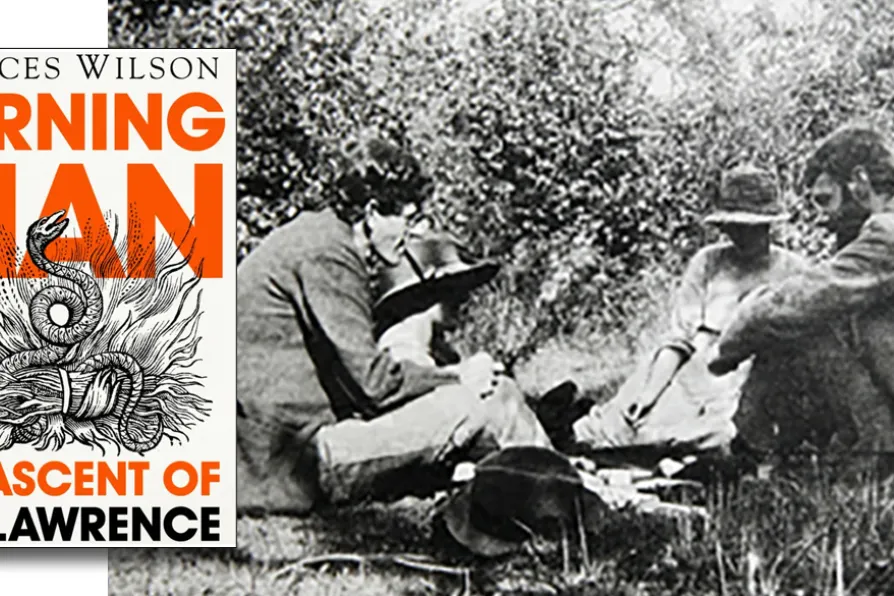GEOFF BOTTOMS appreciates the local touch brought to a production of Dickens’s perennial classic

 RURAL IDYLL: DH Lawrence (right) in West Berkshire, 1919
RURAL IDYLL: DH Lawrence (right) in West Berkshire, 1919
YOU wouldn’t know from Frances Wilson’s biography of DH Lawrence that he came into his vocation as a writer at the same time as the Great Unrest, the massive strike wave that shook Britain from 1910 to 1914.
Nor that his tortured experience of wartime England included awareness of the Russian Revolution nor, as the son of a miner, that he even noticed the Triple Alliance strikes of miners, transport workers and railwaymen in 1919 and 1921.
Wilson's Lawrence has no political awareness and this absence is a painful omission. It is typical of the class-blind misreadings that have distorted the reputation of England’s ever-controversial and first professional working-class writer.

ANGUS REID calls for artists and curators to play their part with political and historical responsibility













